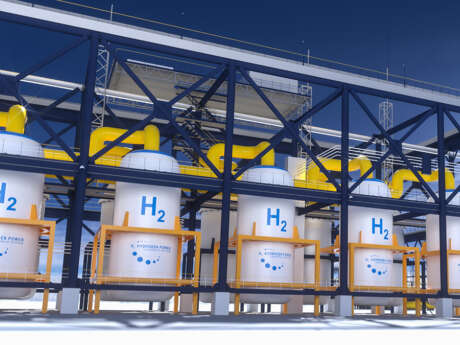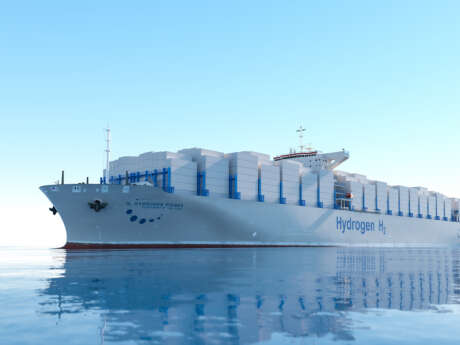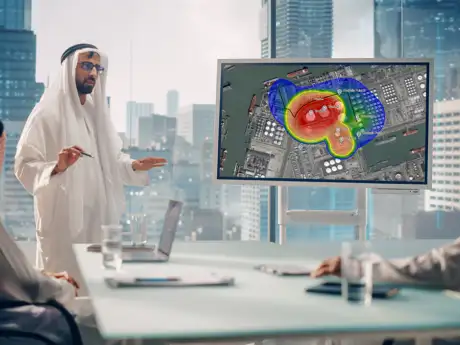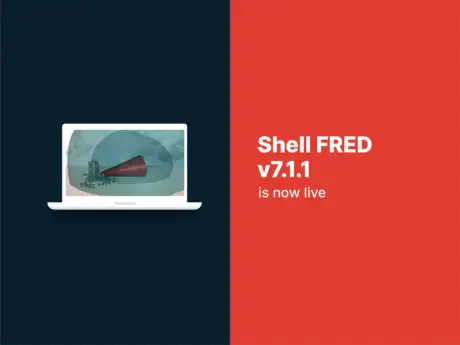Our involvement
We are pleased to announce that Gexcon is invited as eminent speakers to present at the upcoming 6th Fire & Security India Expo (FSIE), taking place on 24-26 August 2023 in Mumbai, India.
Sastry Mangipudi (Vice President – Middle East and India) and Govind K. Patil (Senior Research Scientist and BDM India Region) will deliver a presentation on advanced 3D CFD technique for cost-effective risk management.
Presentations
Title: New OSH Tools and Techniques – Advanced 3D CFD Technique for Cost-Effective Risk Management
Author: Sastry Mangipudi and Govind K. Patil
Presenter: Sastry Mangipudi and Govind K. Patil
Theme: New OSH Tools and Techniques
Location: Jio World Convention Centre
Date & Time: Tuesday, 26 August 2023 at 10:40 AM – 11:05 AM
Abstract: Interactions between the environment of and human health are often highly complex and difficult to assess. Most importantly environmental alterations resulting from human activities are often imperceptible, but perilous. Notably, over the years, the Chemical, Petrochemical, Steel, Pharmaceutical and Power plant industries accidents in India, are on rise. As per the industrial accident statistics for 2020, 2021, 2022 and 2023 collected by the authors of the current article, the total reported incidents of fire, explosion, and toxic gas dispersion as of date were more than 400 with associated 460 fatalities and 2000 injuries. These numbers mean the operations of the chemical industries are still perceived to be extremely dangerous and unsafe for workers involved in their operations as well as the public at large surrounding these industrial clusters. It is high time that all stakeholders must shoulder the responsibility to correct the course and think differently and make use of the latest advanced techniques to prevent the likelihood and mitigate the consequences of the accidents/disasters.
Understanding the effects/consequences and associated risks of industrial accidents during the early stages of projects (concept select and design stages) helps the decision makers in implementing adequate safety and loss prevention systems as a part of design thereby minimizing the likelihood and the consequences of incidents and ensure effective risk management. Various tools and techniques are available such as the Gaussian model and other empirical models using 2D software tools and 3D Computational Fluid Dynamics (CFD) tools, and finally the experimental testing of the incidents such as fires and explosions within the laboratory and test sites.
Whilst the experiments on flammable, toxic (Hazardous) gas dispersion, fires and explosions may provide accurate results, the associated costs and risks involved with conducting such experiments in a controlled environment would render them impractical and inaccessible to many industrial clients. The 2D software tools as mentioned above have limitations and cannot accurately simulate the actual turbulences generated by unknown quantities of the environmental geometric bodies and congestion due to process plant equipment and structures. Whereas the use of 3D CFD numerical modelling has proven to be able to accurately simulate the actual turbulences and predict the behaviour of fluids in all situations of accidental inventory release to be as close to reality as possible.
CFD techniques have been extensively used for performing Consequence analysis and risk assessments within the Chemical and its aligned industries as well as in oil and gas industry for more than a decade. Though the initial cost of performing risk assessments using 3D CFD tools may be higher in comparison with that of 2D software tools, the accurate assessment of consequences and risks by eliminating the assumptions and approximations related to the geometry and environmental conditions would help in minimizing capital expenses (capex) for safety systems such as active and passive fire protection, blast resistant design of buildings and emergency systems without compromising on management of futuristic loss of assets, human and environment risks.
A case study of LPG dispersion providing the detailed results of accident scenario consequences such as the extent of gas dispersion, fire and Explosion and the ability to investigate different parameters using the CFD approach which are useful for the implementation of risk reduction measures (RRM) such as active and passive fire protection and blast resistant design and Emergency response planning (ERP) is discussed here in detail.
About the event
FSIE is the flagship event of FSAI and Nova Exhibitions and Conferences. It is an ideal forum where Invention and Engineering come to the forefront to create a specialized and focused event for the Fire & Security Industry.
It is a B2B Trade Expo and multi-dimensional platform co-organized by the Fire & Security Association of India and Nova Exhibitions and Conferences that combines solutions for passive, active, and Organizational Fire, Safety, and Security Management.
Official Experts, Architects, Building Engineers, Oil and Gas Industrialists, members of leading Security & Fire prevention bodies, and other Stakeholders from across the world will gather to disseminate information, gather knowledge, exchange ideas, exhibit, debate innovative perspectives, discuss solutions and products for the Fire, Safety and Security Industry.






































































































































